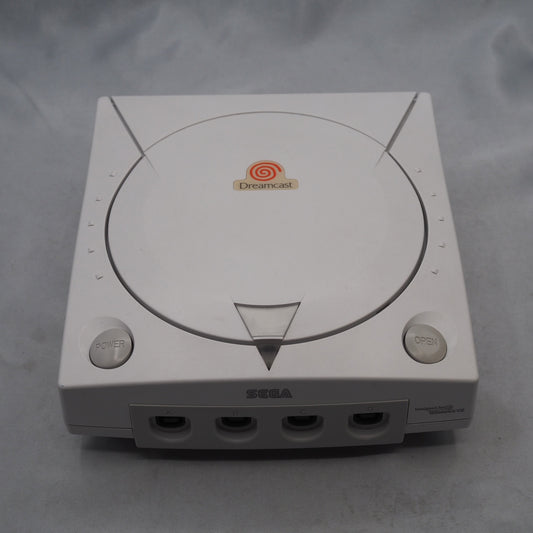“"Postage was quick via FedEx. Well packed. Rare item at great value. Excellent team communication. I'm very pleased!"– g******in”
Collection: SEGA: The Genius That Dreamed Too Soon
For the "Playground of the Gods" Index Page
For the Main SEGA Manufacturer Page
Title: SEGA: The Aesthetics of a Rebel.

Introduction: The Other DNA within the Black Machine
It may not be widely known that, in contrast to Nintendo, which began as a traditional Japanese company making Hanafuda cards, Sega's roots lie with American businessmen in post-war Japan, starting with jukeboxes for U.S. military bases.
Perhaps that is why Sega's products have always exuded a somewhat international and more mature atmosphere.
Before the advent of video games, Nintendo's hit product was the "Ultra Hand," a toy for children to play with at home. Meanwhile, Sega astonished the world with "Periscope," a large-scale electro-mechanical game for young people to play in arcades.
"Child-focused Nintendo" and "Adult-focused Sega." These two companies, with their completely different DNA, would eventually clash on the same battlefield: the home video game console.
The Beacon of Rebellion
The difference in their DNA was starkly engraved as a strong personality onto their respective hardware in the 16-bit war.
While Nintendo's Super Famicom tried to blend into the "home" with its rounded, grey design, Sega's Mega Drive (Genesis) projected a defiant presence with its black, rigid form and the golden "16-BIT" text that flaunted its performance. It had the scent of something authentic, professional, and slightly dangerous—something for "adults."
This image was solidified by their advertising strategy at the time. In contrast to Nintendo's commercials filled with smiling families, Sega's ads coolly stated, "The 16-bit the era demanded," with a deep-voiced narrator. It was as if it were asking us, "Are you one of us, who understands what's real?"
The Soul of Sega, The Philosophy of the Arcade
The Mega Drive, which had fewer major third-party software publishers compared to Nintendo, had no choice but for its own development teams to continuously create high-quality games that pushed the hardware to its limits. Masterpieces like "Sonic the Hedgehog" and "Golden Axe" were born from such adversity.
At the core of their game design was the "philosophy of the arcade." The iron rule of arcade games is to "grab the player's heart in seconds, give them the ultimate excitement in a short time, and entice the next coin." The pursuit of "instantaneous fun," the polar opposite of slowly savoring an RPG's story, was Sega's DNA. This "fun, right now!" philosophy is what led to the "high-energy" feel of the Mega Drive's games.
They sought to bring the "heat of the arcade" itself into the home.
A Hymn for Challengers
The story of Sega is not just a page in gaming history. It is a vivid record of strategy, showing how a challenger should fight against a colossal champion.
They did not attack the fortress that Nintendo had built. They dragged the champion onto the field where they themselves were strongest: the arcade. Even without an army of allies, they used the agility of in-house development as a weapon to continue shaping the "coolness" the era demanded, faster than anyone else.
That spirit gives powerful courage to us living today. To calmly assess your own strengths and position, and to have the resilience to turn even your weaknesses into your greatest advantages. And to use the "smallness" that large corporations lack as a weapon to keep running faster than anyone.
The "16-BIT" text engraved on Sega's black console continues, even now, to light a fire of passion in the hearts of all challengers.
-
Used SEGA Dreamcast Console system HKT-3000 [NTSC-J] - Tested & Working
Regular price $104.99 USDRegular priceUnit price / per -
![Used Sega Saturn GUN CONTROLLER HSS-0122 The House of The Dead SET [Black] - Tested & Working](//enjoygamejapan.online/cdn/shop/files/P8290889.jpg?v=1753966354&width=533)
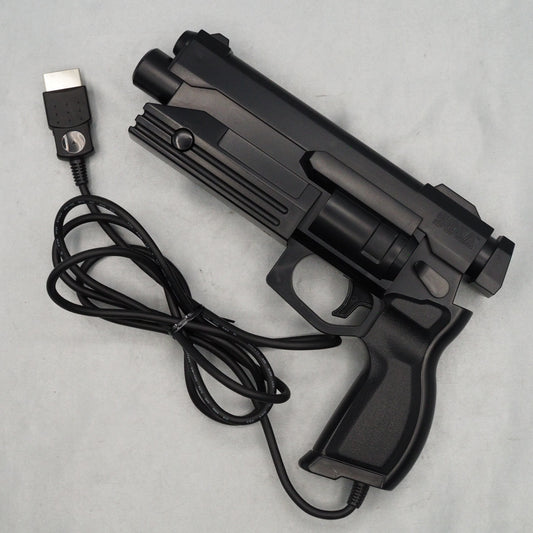
Used Sega Saturn GUN CONTROLLER HSS-0122 The House of The Dead SET [Black] - Tested & Working
Regular price $65.99 USDRegular priceUnit price / per -
Used GUNDAM BATTLE ONLINE - Tested & Working
Regular price $22.99 USDRegular priceUnit price / per -
Used Dreamcast Visual Memory Card HKT-7000 [No cap] - Tested & Working
Regular price From $24.80 USDRegular priceUnit price / per -
Used MEGA DRIVE 2 Console HAA-2502 NTSC-J - Tested & Working
Regular price $119.99 USDRegular priceUnit price / per -
Used SEGA Dreamcast Console system HKT-3000 Boxed [NTSC-J] - Tested & Working
Regular price $228.99 USDRegular priceUnit price / per -
Used SEGA Dreamcast Controller HKT-7700 + Sega GT Homologation Special + Sega Rally Bundle - Tested & Working
Regular price $100.00 USDRegular priceUnit price / per -
Used Mega Drive 2 + Mega CD 2 Console system HAA-2912 SET - Tested & Working
Regular price $381.90 USDRegular priceUnit price / per -
Used Micomsoft XE-1 ST2 Arcade Stick Controller - Tested & Working
Regular price $129.99 USDRegular priceUnit price / per -
Used SEGA SATURN Console system Gray HST-3200 - Tested & Working
Regular price $118.99 USDRegular priceUnit price / per -
SEGA SATURN Console system Gray HST-3210 Boxed - Tested & Working
Regular price $173.99 USDRegular priceUnit price / per$178.99 USDSale price $173.99 USDSold out -
Used GAME GEAR HGG-3210 Console only - Tested & Working
Regular price $124.99 USDRegular priceUnit price / per -
Used V SATURN Console system VICTOR RG-JX1 - Tested & Working
Regular price $137.00 USDRegular priceUnit price / per -
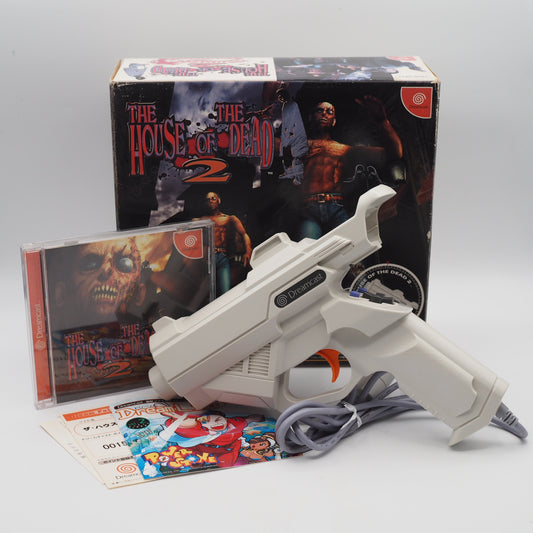
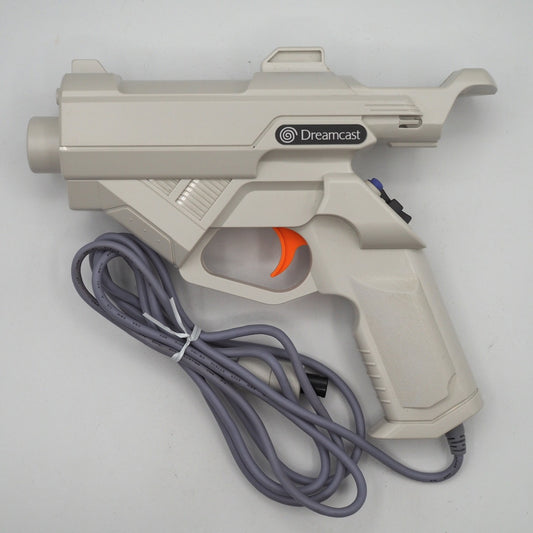
Used SEGA Dreamcast Controller The House of The Dead 2 SET HKT-7800 Boxed - Tested & Working
Regular price $99.99 USDRegular priceUnit price / per -
Used SEGA Mega CD 2 Console system HAA-2912 Boxed - Tested & Working
Regular price $358.00 USDRegular priceUnit price / per -
Used VICTOR V SATURN Console system RG-JX2- Enhanced Audio/Video | enjoy Game Japan - Tested & Working
Regular price $137.99 USDRegular priceUnit price / per -
Used SEGA SATURN Console system W/ VIRTUA GUN VIRTUA COP 1 2 SET - Arcade Action at Home | enjoy Game Japan - Tested & Working
Regular price $158.99 USDRegular priceUnit price / per -
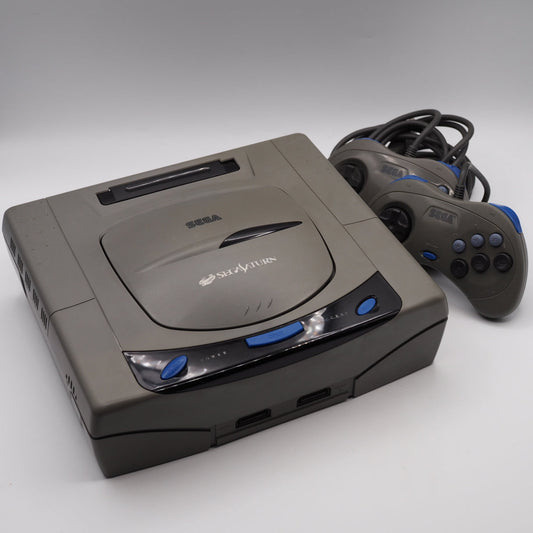
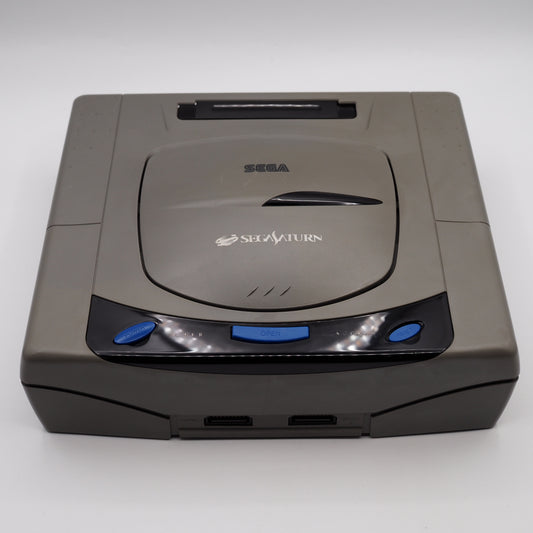
Used SEGA SATURN Console system Gray + 2 Controllers- The Original Challenger - Tested & Working
Regular price $125.50 USDRegular priceUnit price / per -
Used BARE KNUCKLE II 2 Mega Drive - Tested & Working
Regular price $91.99 USDRegular priceUnit price / per -
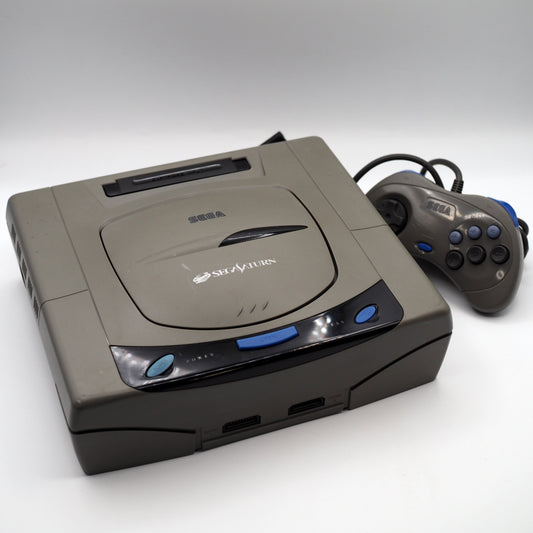
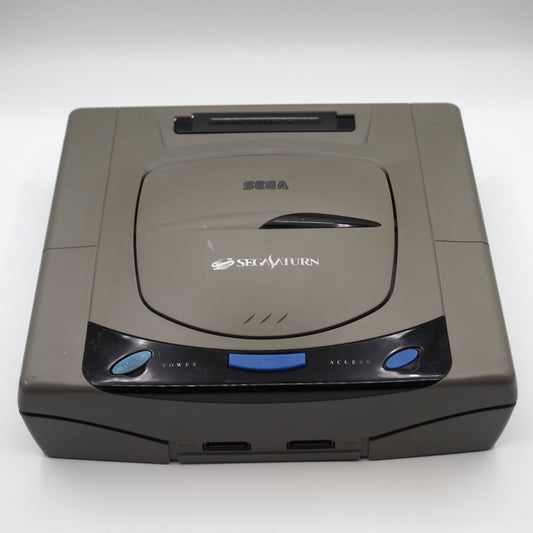
Used SEGA SATURN Console system Gray HST-3210 - The Original Challenger | - Tested & Working
Regular price $118.99 USDRegular priceUnit price / per -
Used V SATURN Console system VICTOR RG-JX1 Boxed [NTSC-J] - Tested & Working
Regular price $228.99 USDRegular priceUnit price / per -
Used WONDER MEGA Console system RG-M2 Victor - Tested & Working
Regular price $798.99 USDRegular priceUnit price / per -
Used Dreamcast Visual Memory Card HKT-7000 Clear Passion Pink [No cap] - Tested & Working
Regular price $47.80 USDRegular priceUnit price / per -
Used SEGA Dreamcast Console system HKT-3000 [NTSC-J] - Tested & Working
Regular price $104.99 USDRegular priceUnit price / per
What our buyers say
See all reviews →“"Très bonne communication, vendeur sérieux, produit conforme. Emballage parfait."– a*******56”
“"Spectacular experience! communicated openly and honestly. Item was packed with great care. Thank you!"– p******1”
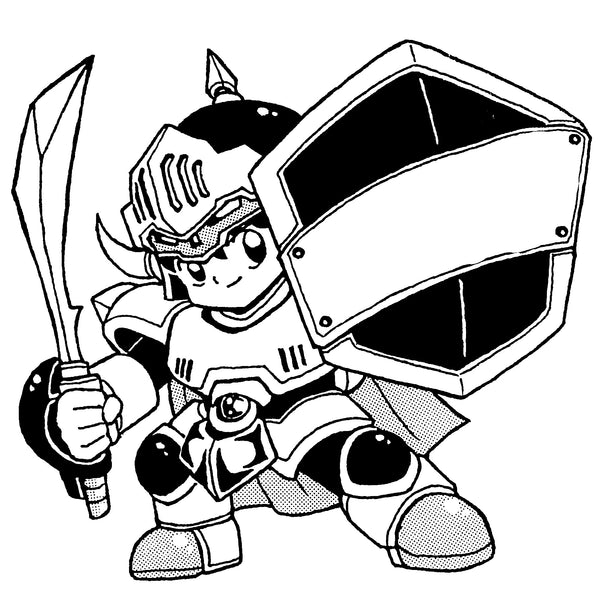
![Used SEGA Dreamcast Console system HKT-3000 [NTSC-J] - Tested & Working](http://enjoygamejapan.online/cdn/shop/files/P1013175.jpg?v=1766586719&width=533)
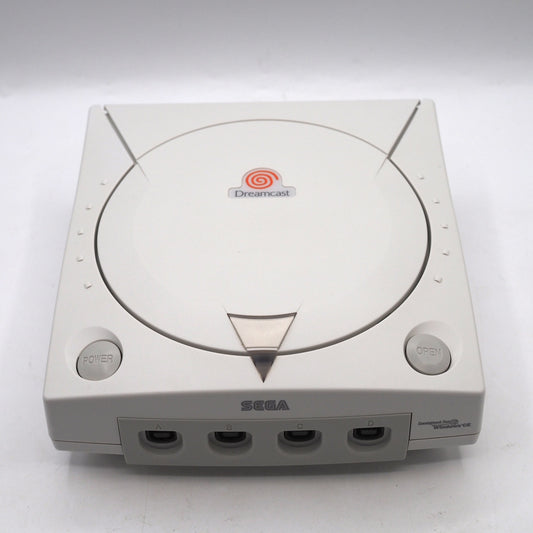
![Used Sega Saturn GUN CONTROLLER HSS-0122 The House of The Dead SET [Black] - Tested & Working](http://enjoygamejapan.online/cdn/shop/files/P8290889.jpg?v=1753966354&width=533)

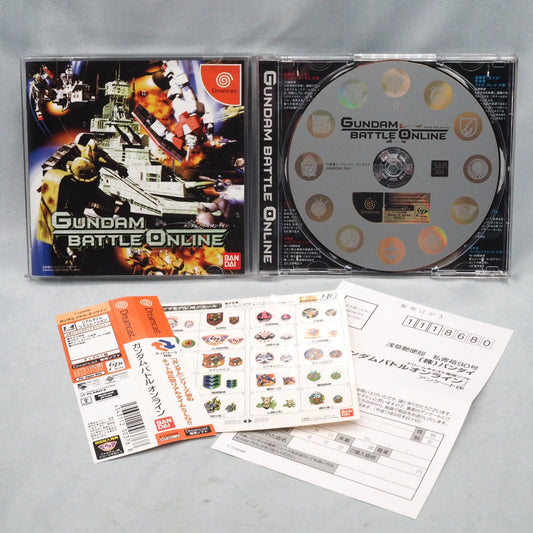
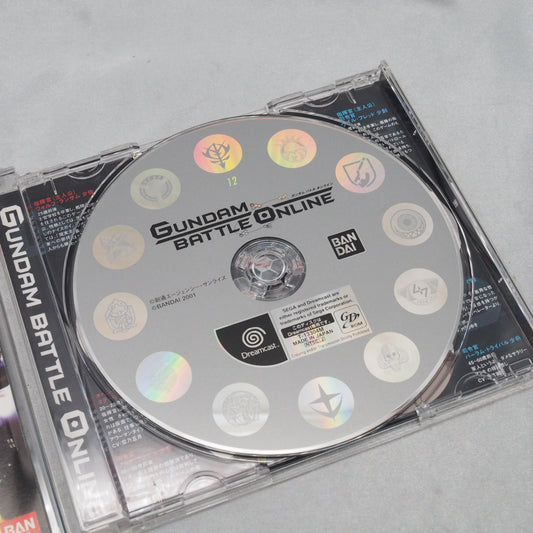
![Used Dreamcast Visual Memory Card HKT-7000 [No cap] - Tested & Working](http://enjoygamejapan.online/cdn/shop/files/P5168991.jpg?v=1753967369&width=533)
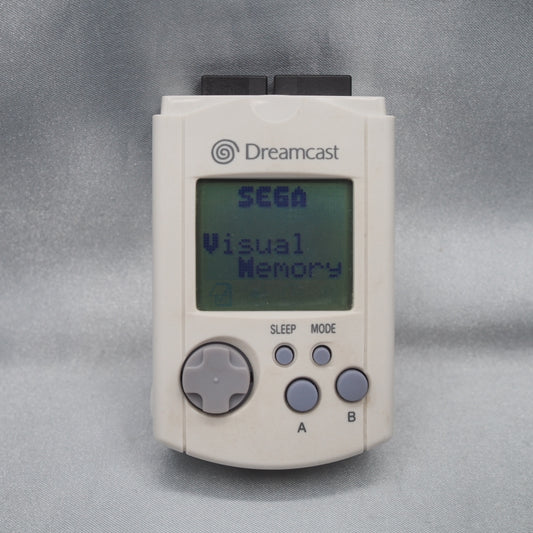

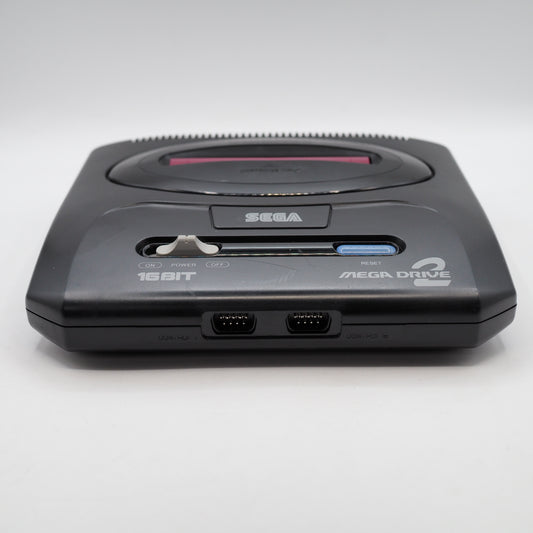
![Used SEGA Dreamcast Console system HKT-3000 Boxed [NTSC-J] - Tested & Working](http://enjoygamejapan.online/cdn/shop/files/P1012204.jpg?v=1765978742&width=533)




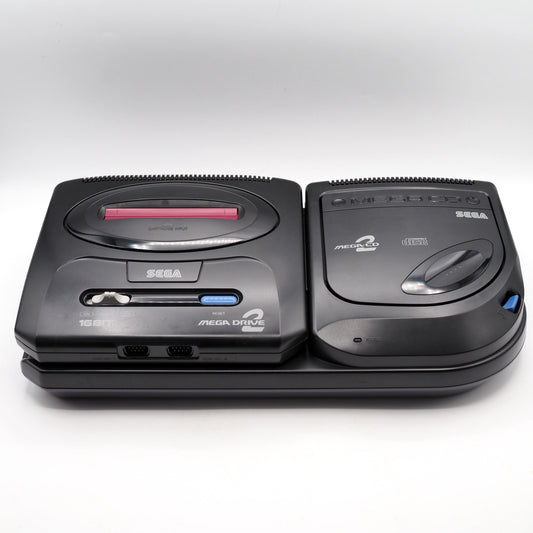
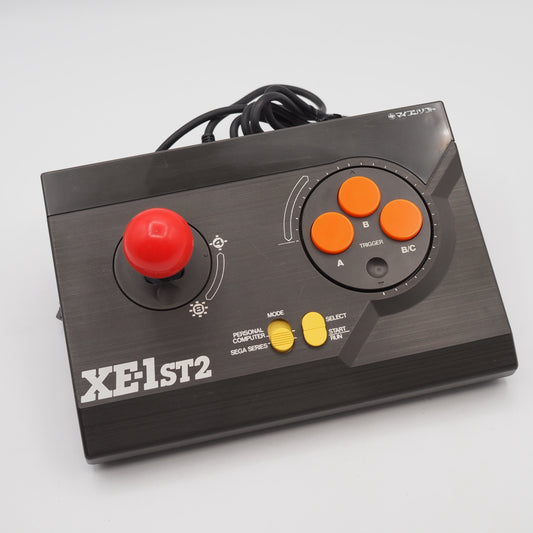
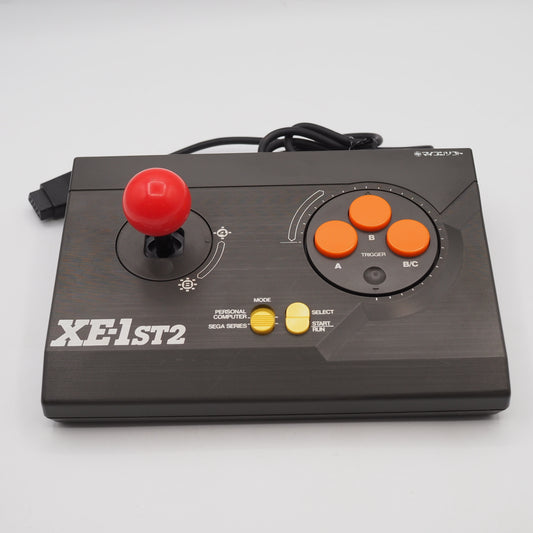
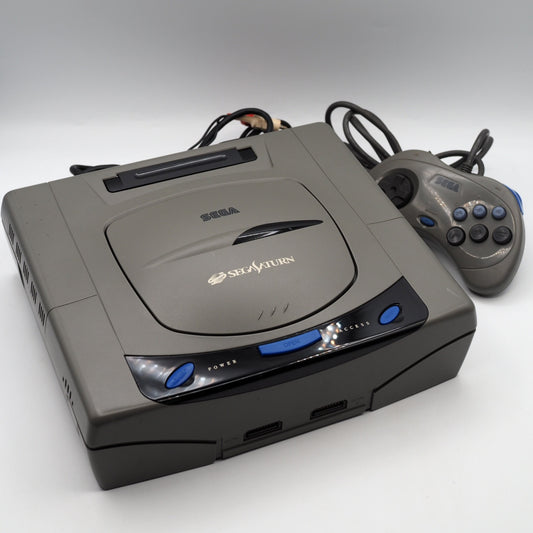
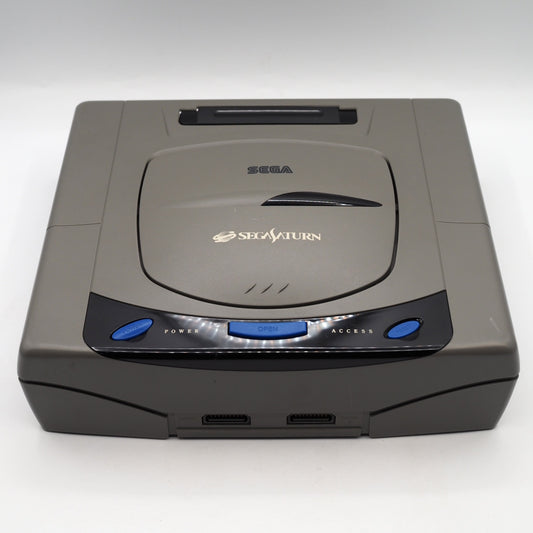
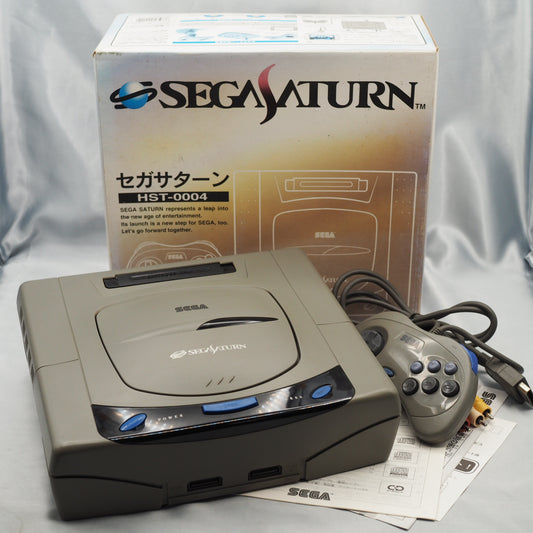
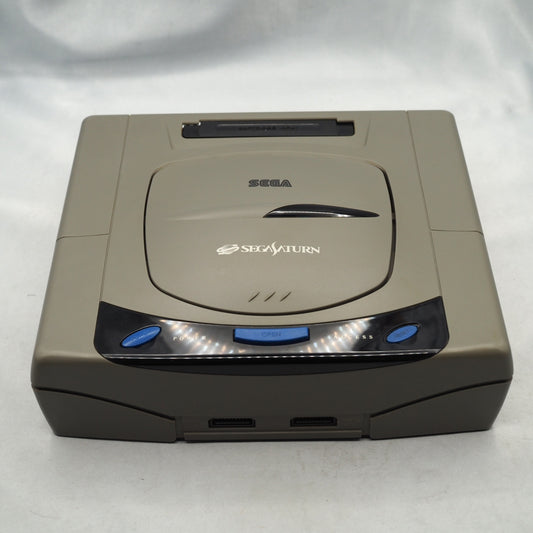
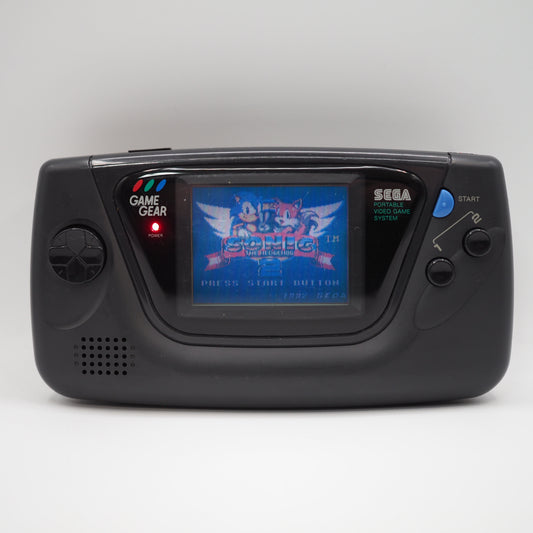
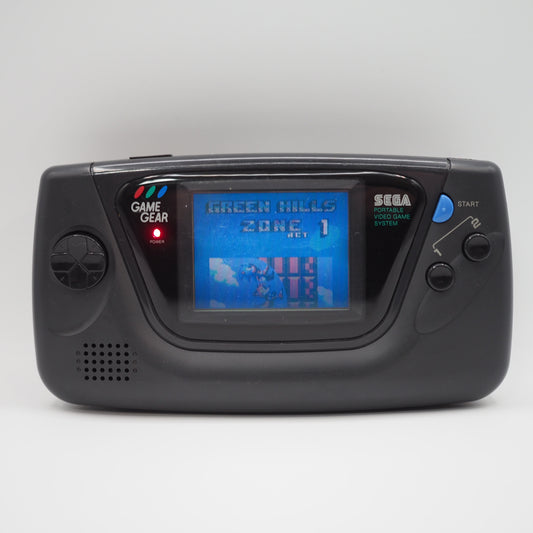
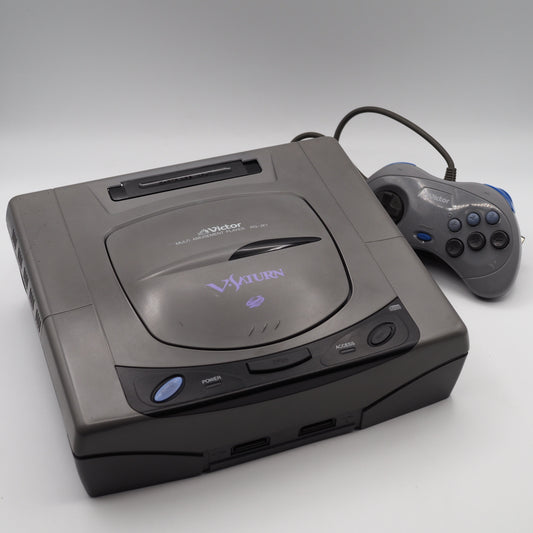
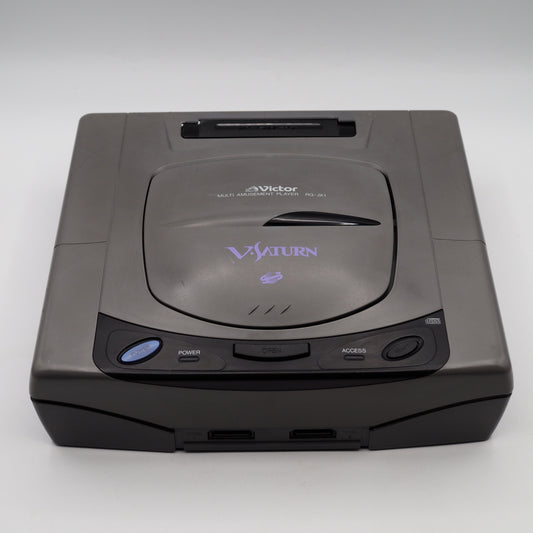


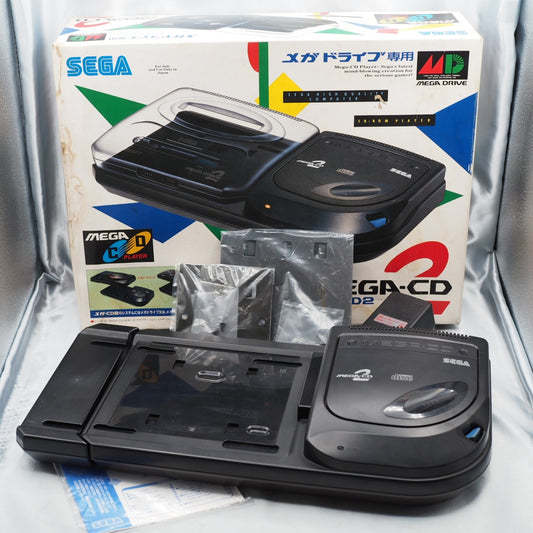
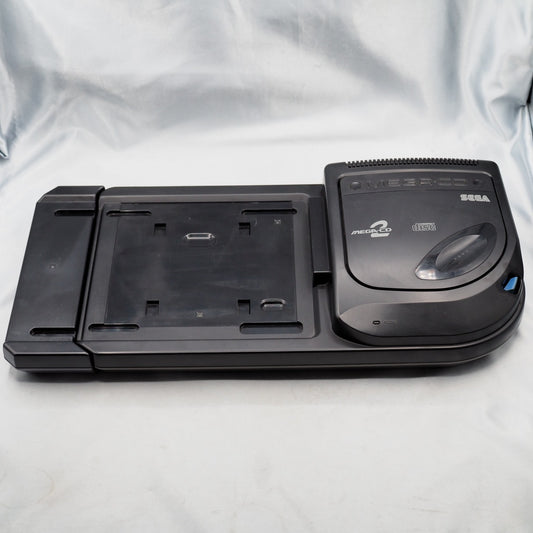
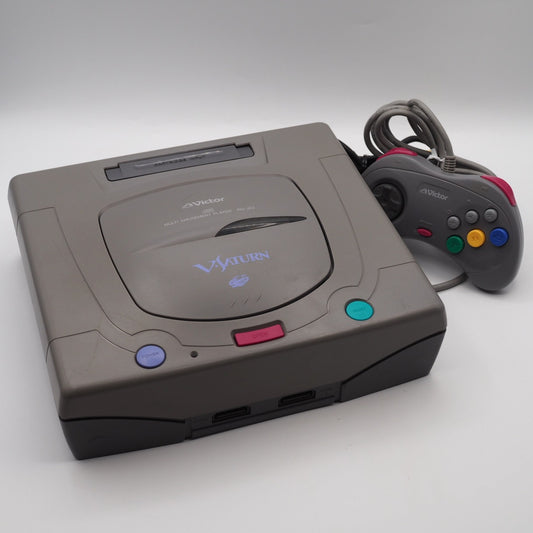
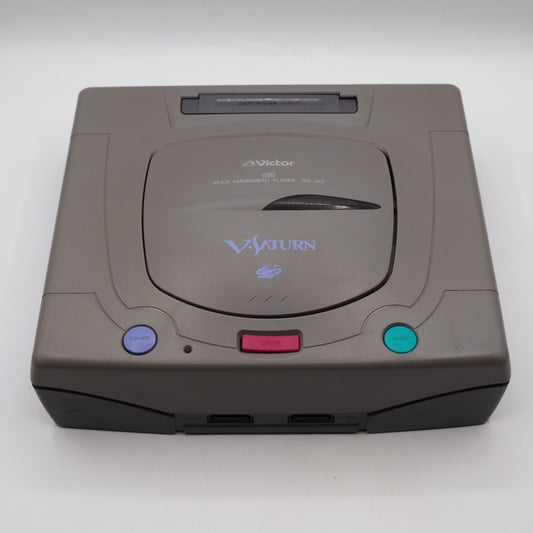
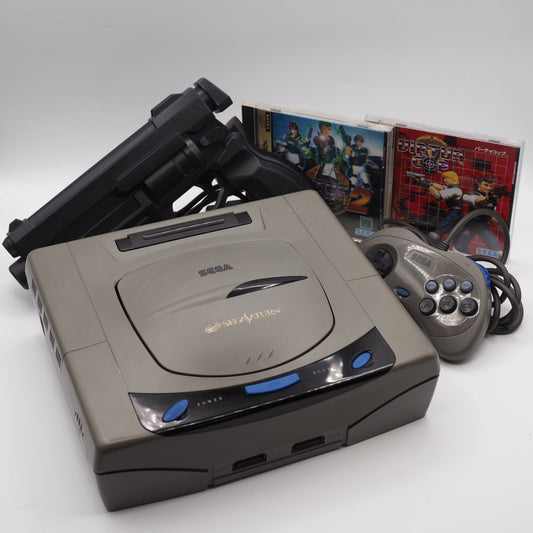
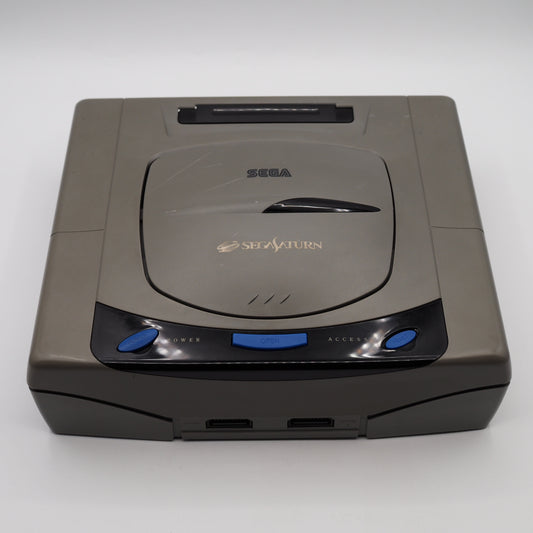


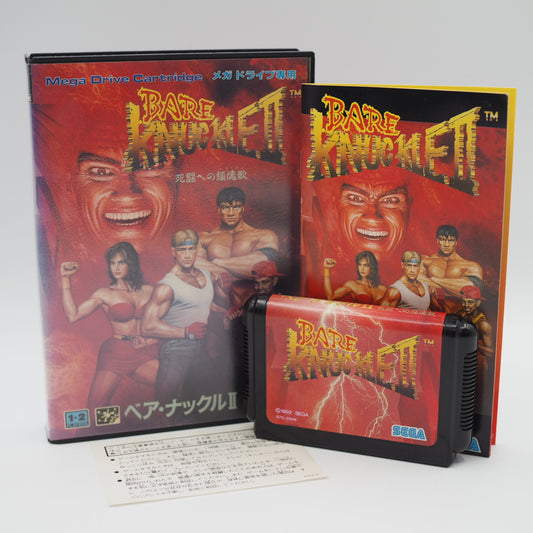
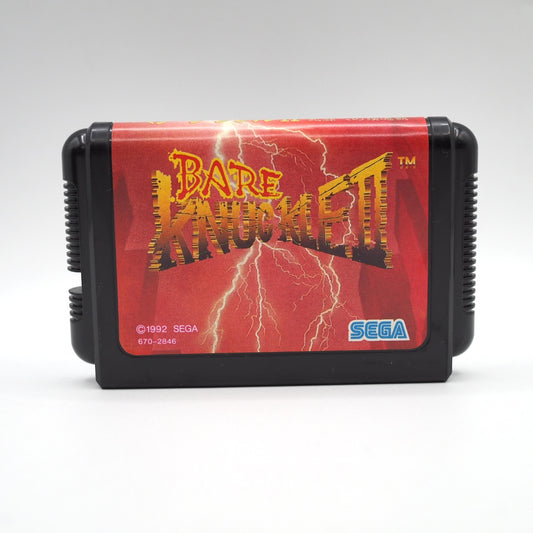


![Used V SATURN Console system VICTOR RG-JX1 Boxed [NTSC-J] - Tested & Working](http://enjoygamejapan.online/cdn/shop/files/P6033092.jpg?v=1753963141&width=533)
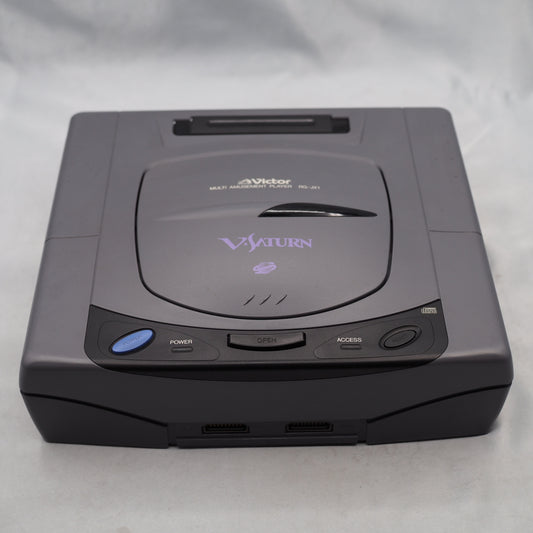
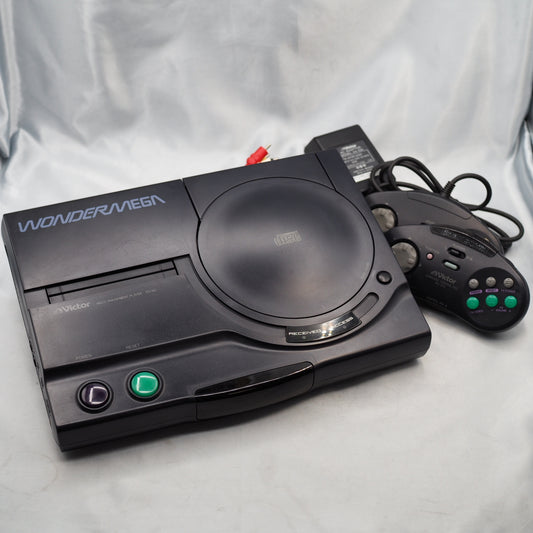
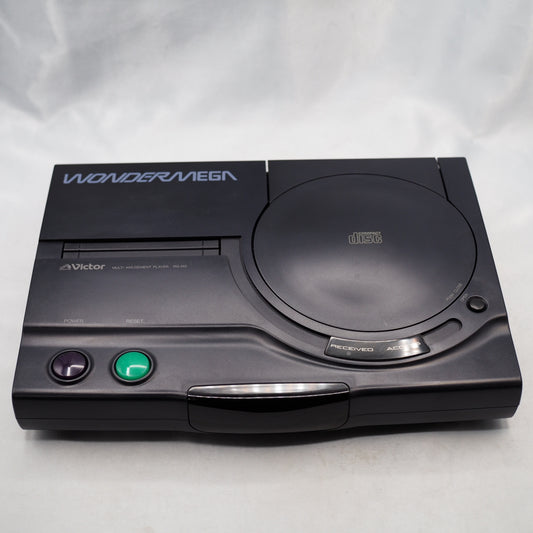
![Used Dreamcast Visual Memory Card HKT-7000 Clear Passion Pink [No cap] - Tested & Working](http://enjoygamejapan.online/cdn/shop/files/P5180967.jpg?v=1753963445&width=533)
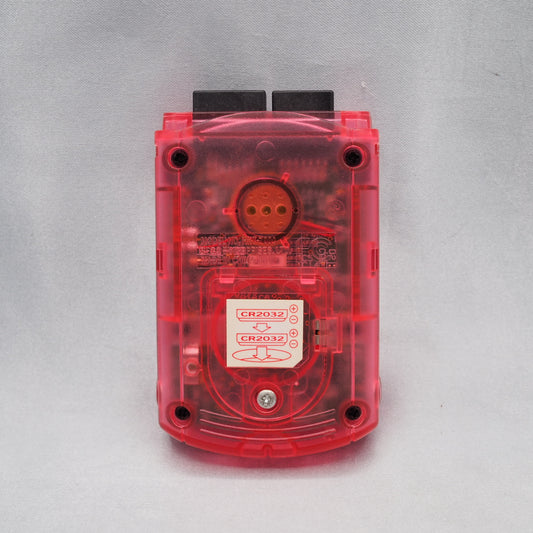
![Used SEGA Dreamcast Console system HKT-3000 [NTSC-J] - Tested & Working](http://enjoygamejapan.online/cdn/shop/files/P5170772.jpg?v=1753963459&width=533)
